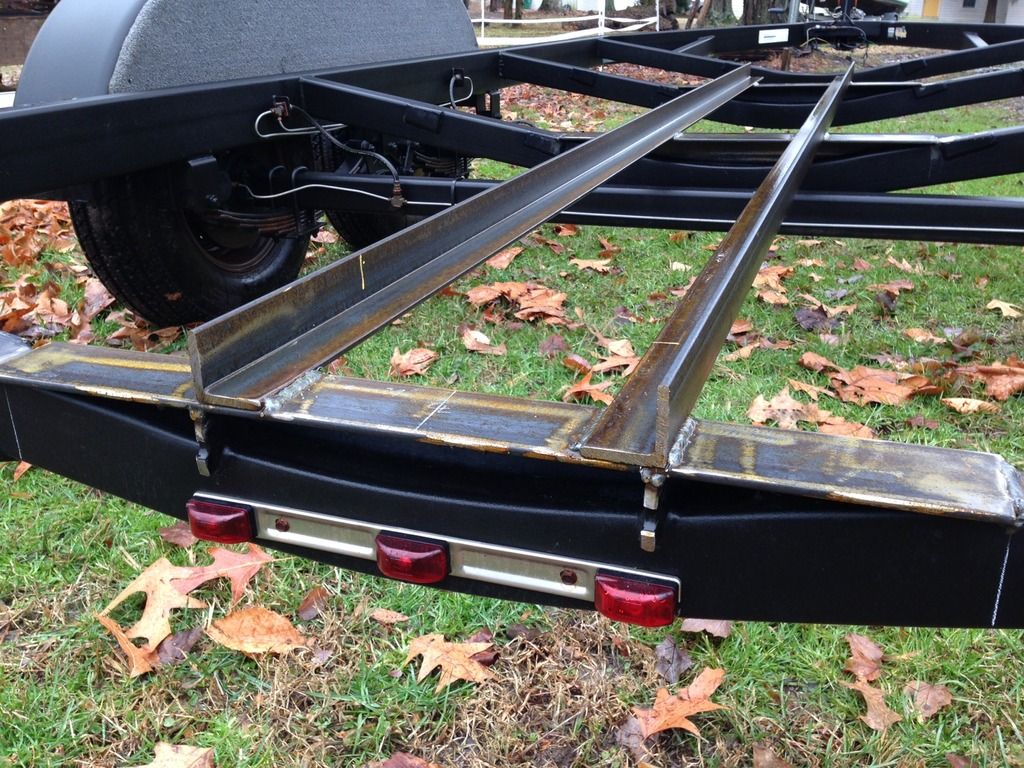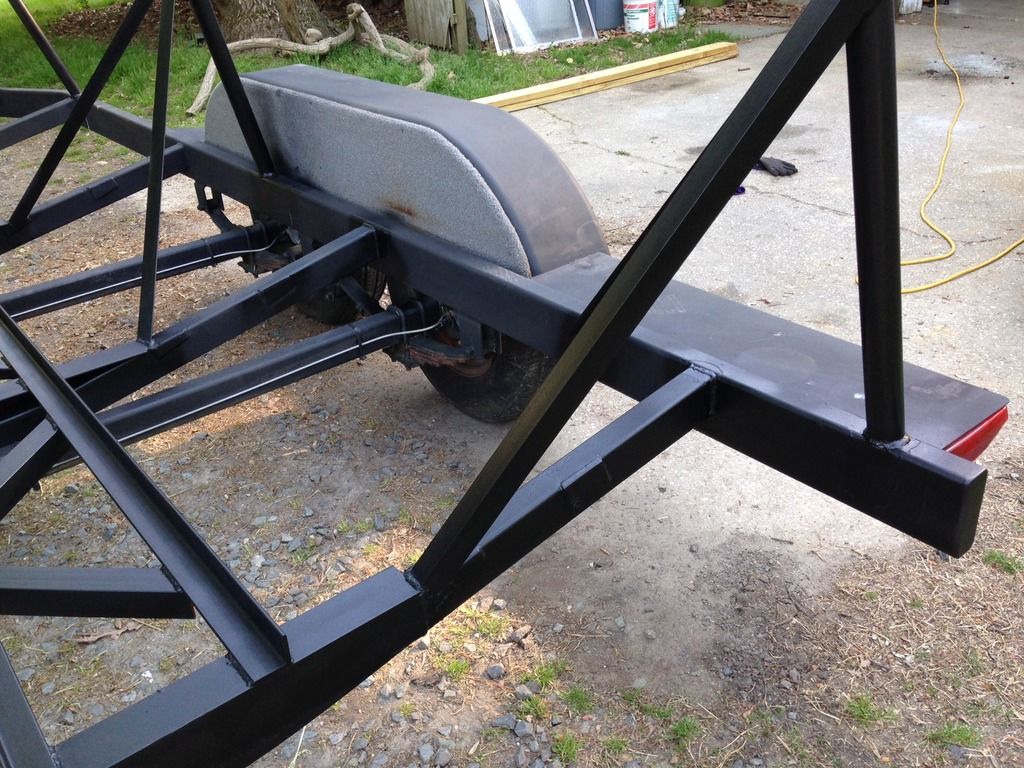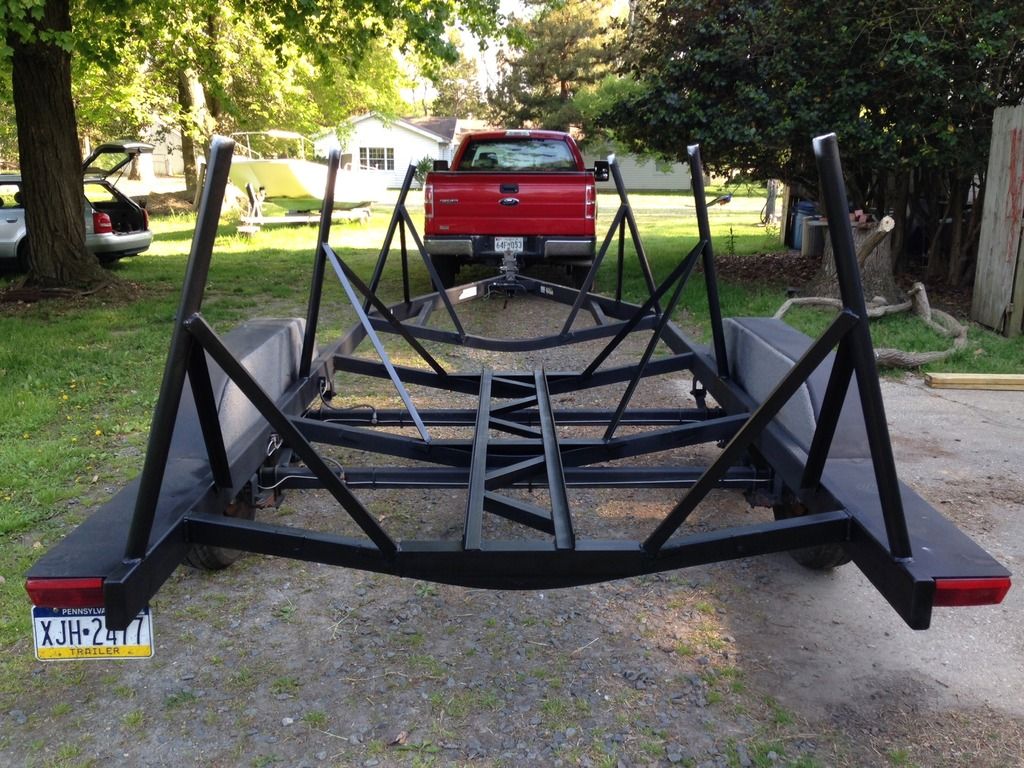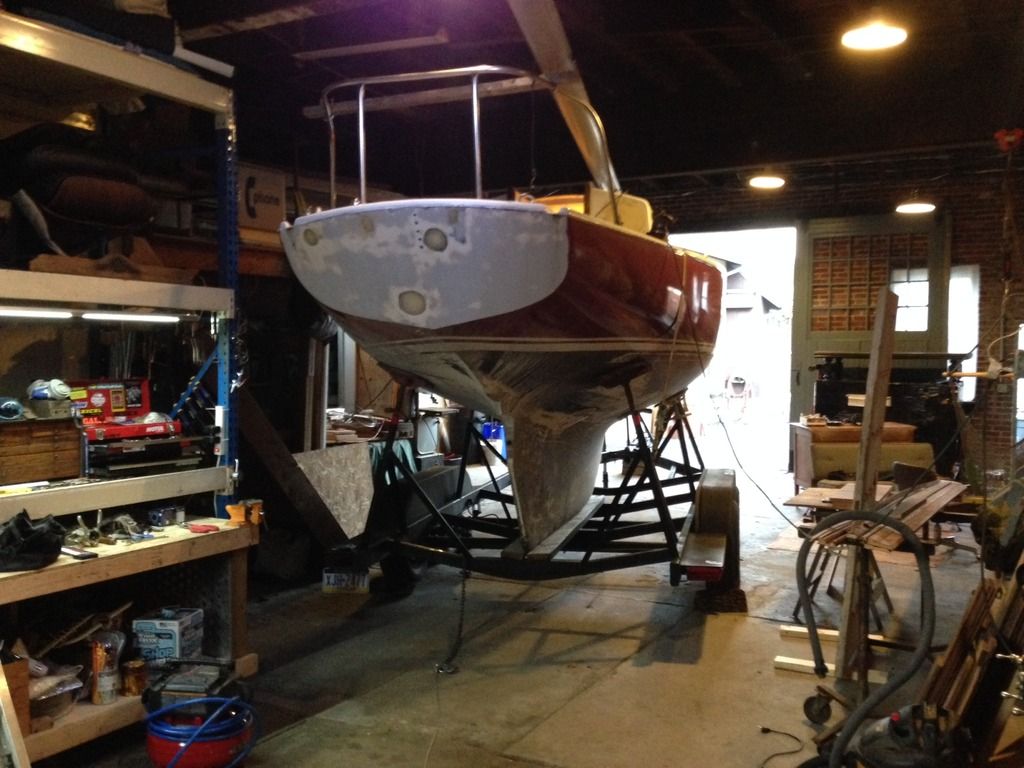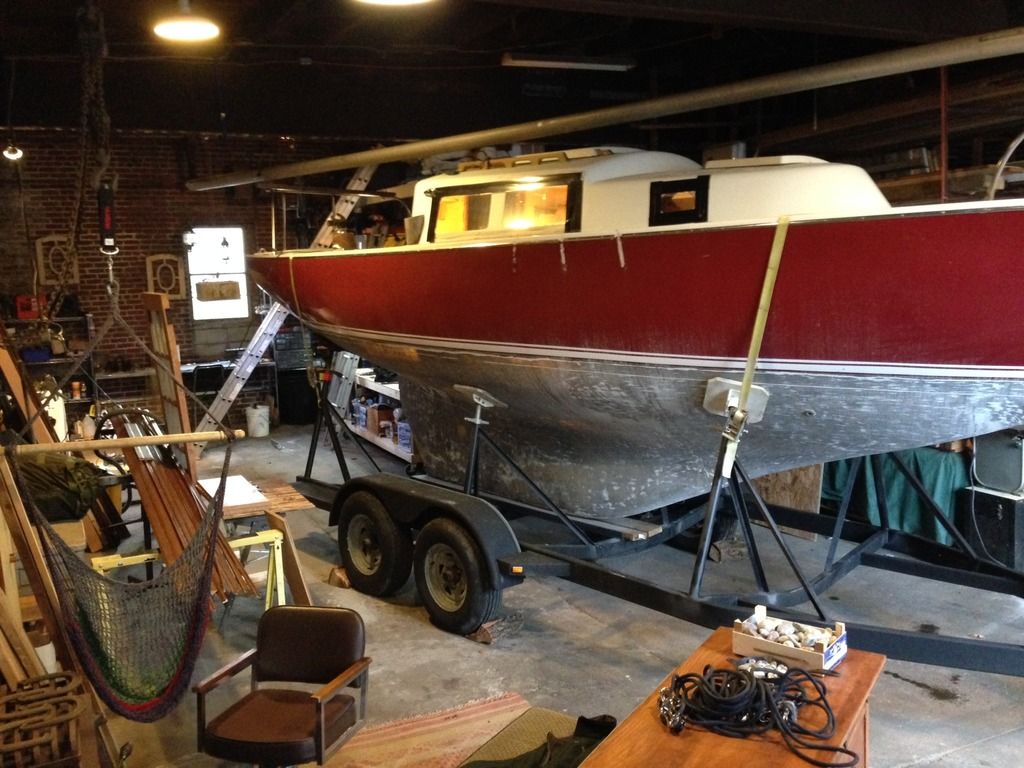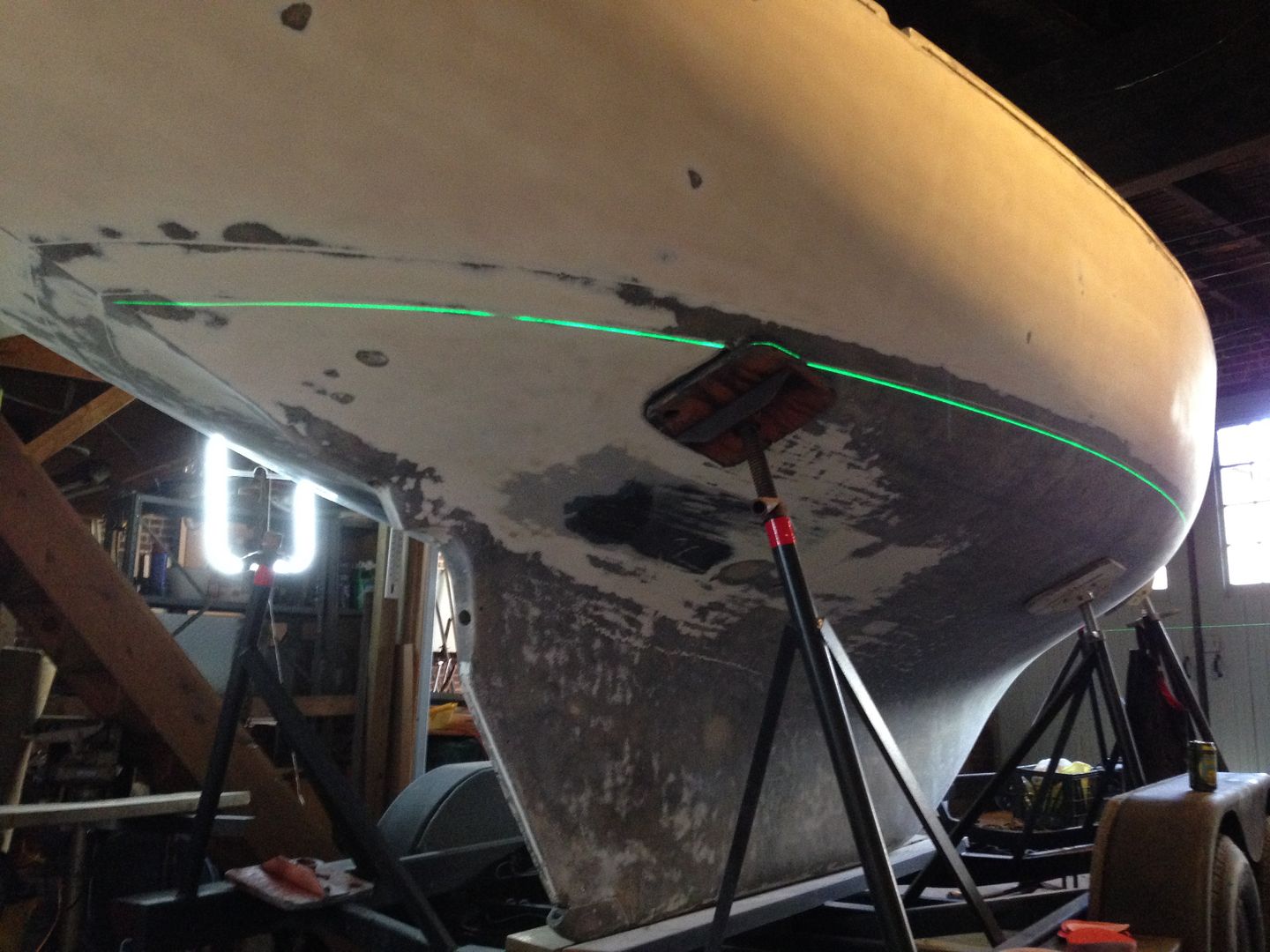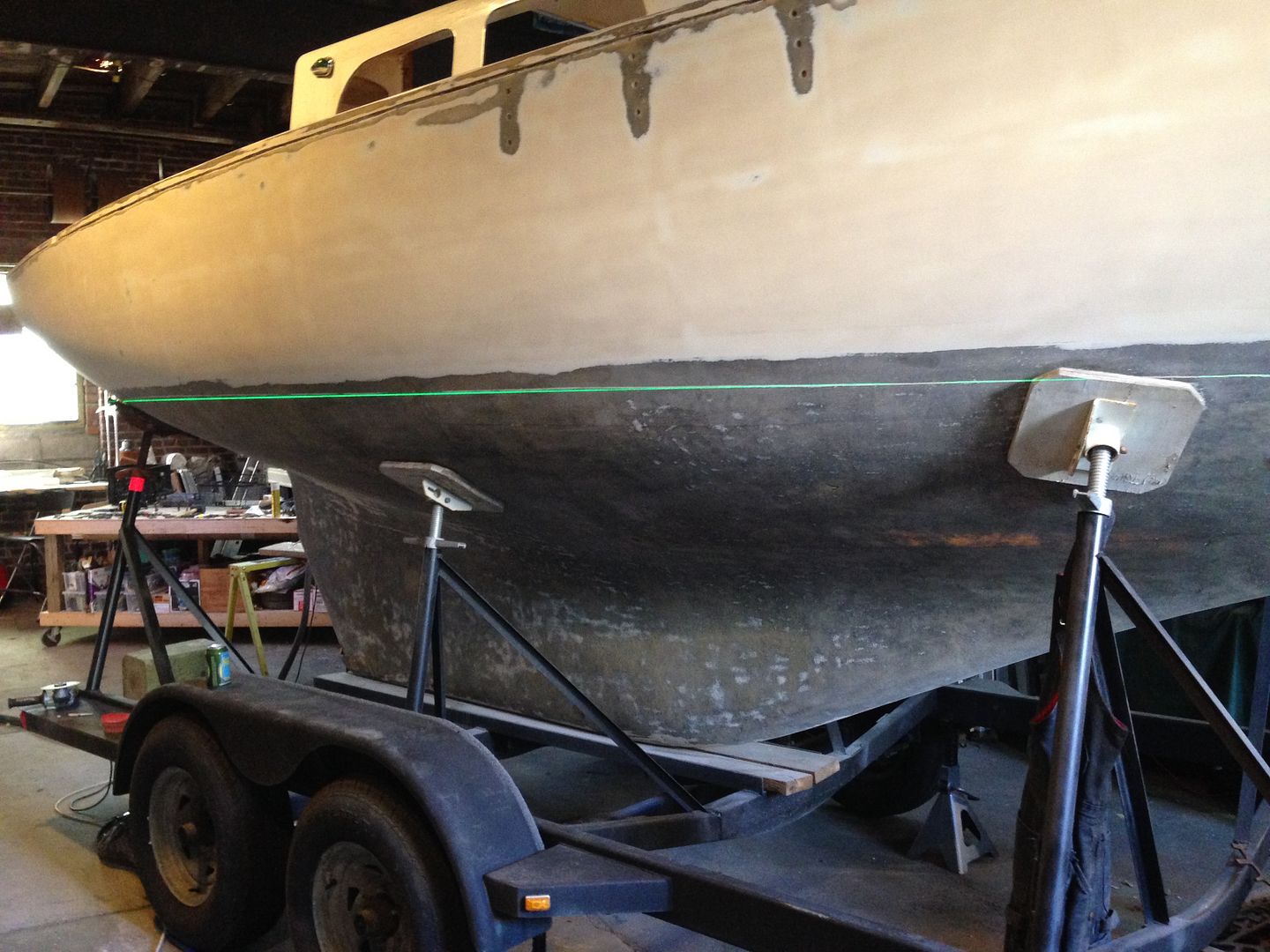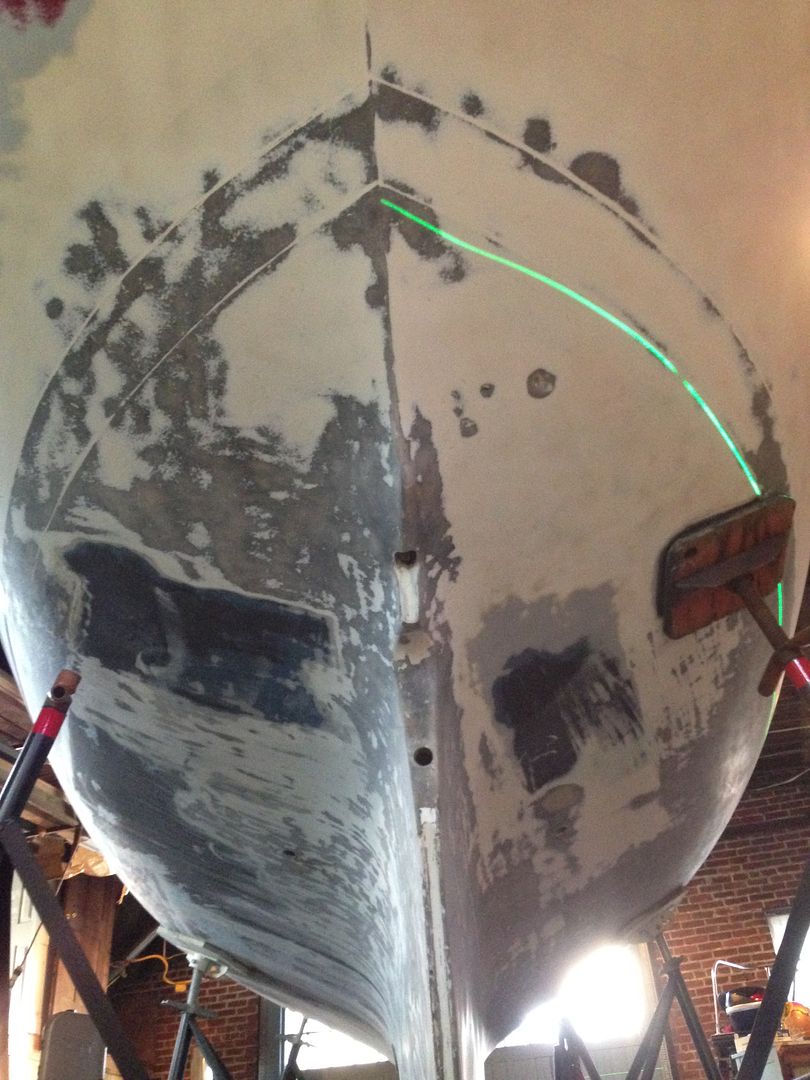And option #4 could be a 3" dia. patch that gets welded inside the mast. You drill a series of small say 1/4" holes around what will be the perimeter of the patch. Then you hammer the patch into a curve similar to the inside of the mast. Wedge it in place inside the mast. and start by plug welding the 1/4" holes around the perimeter. When they are welded you have a solid backing to plug weld the oblong hole and don't have to worry about blowing it out on the edges as you try to weld it up. Once it is welded and ground smooth you can drill the new hole and have extra meat in the area to help support the area and reinforce it.
Or, you could do what I figured out in the end would have been cheaper for me after I spent all the money rehabbing my mast and buy a new one from US Spars.
Options abound on different ways to skin that cat don't they?
JERRY CARPENTER - C147
A man can succeed at almost anything for which he has unlimited enthusiam.




 Reply With Quote
Reply With Quote
